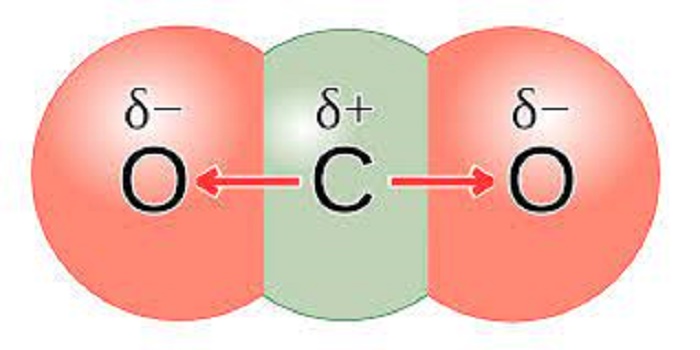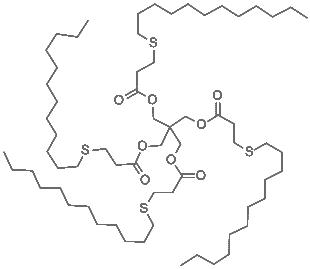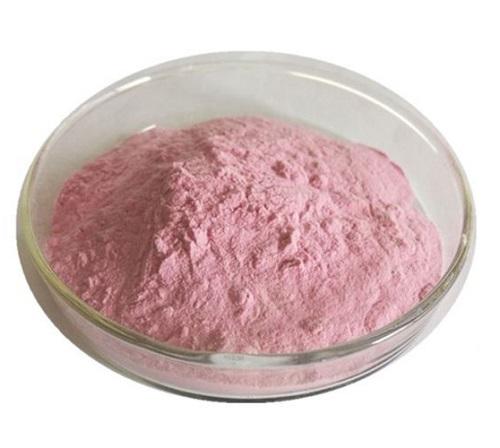Use and Mechanism of Carbon dioxide
Carbon dioxide (CO2) is a naturally occurring colorless and odorless gas. It has a boiling point of -70°C (sublimes), vapor density of 1.53, and is slightly soluble in water. The atmospheric concentration in preindustrial times was 0.028% and in May 2013 was 0.04% recorded at Mauna Loa, Hawaii, USA. It is essential for the survival of most living organisms and cycles in the ecosystem, through respiration (aerobic and anaerobic), photosynthesis, and combustion. Carbon dioxide plays an important role in the regulation of earth’s temperature, and is one of the greenhouse gases.

Use
Carbon dioxide is used in the synthesis of urea, for organic synthesis, in the manufacture of dry ice and aspirin. It is also used in soft drinks, welding, fire extinguishers, and aerosol propellants. CO2 is often used as a pesticide to store grains (at 60% concentration), respiratory stimulant, anesthetic, and euthanizing agent. It is essential in in vitro cell culture environment at 5%, where it dissolves in the culture media to form bicarbonate (HCO3-) and acts as a buffer to help maintain the pH of CO2. Industries that use carbon dioxide include fire extinguishing; processing, preserving, and freezing of food; metal working; livestock slaughtering; oil and gas recovery; and foundries. It is also used to produce harmless smoke or fumes on a stage, chill golf ball centers before winding, and fumigate rice.
Environmental Fate
The CO2 cycle is part of carbon cycle in the ecosystem. Carbon dioxide cycles in the environment (atmospheric air and surface water) through respiration (aerobic and anaerobic), photosynthesis, decomposition, and release from earth’s carbon sinks (fossil fuels – coal, petroleum, methane; and calcium carbonate rocks) during combustion. In water, dissolved CO2 reacts with calcium to form calcium carbonate and precipitates to the ocean floor. Few examples of most common reactions in the CO2 and carbon cycles in animals, plants, and the environment are presented below. Most of these reactions either use or produce energy.
Mechanism
Carbon dioxide is an asphyxiant, means it causes toxicity by displacing oxygen from the breathing atmosphere primarily in enclosed spaces or in open spaces due to sudden release of massive amounts of CO2 (for example, forests fire or natural emission during a volcanic eruption) and results in hypoxia. Thehumanbody produces about 12 000–13 000 mmols per day of CO2 and is excreted primarily via lungs. The CO2 concentration in plasma is maintained within a narrow range of 40±5 mm Hg (4.7–6 KPa). At plasma concentration of 22.5mmHg (3 KPa) or less death can occur within few minutes. The cause of death in breathing high concentration of CO2 is due to CO2 poisoning, that results in rapid decrease in blood pH (respiratory acidosis,<pH 7.35), central nervous system (CNS) depression, arrhythmias, and death and not hypoxia.
Low concentrations of CO2 in the air, or insufficient time for
CO2 in blood to exchange with oxygen (O2) in air such as in the
situations of hyperventilation, can lead to an increase in blood
pH (respiratory alkalosis, >pH 7.45). The reaction of CO2 with
water in the body is catalyzed by the enzyme carbonic anhydrases
(or carbonate dehydratases), which leads to formation of carbonic
acid, followed by dissociation into protons (H+) and bicarbonate
(HCO3-). Carbonic acid is buffered in the cell primarily
by hemoglobin and proteins, which have limited capacity.





